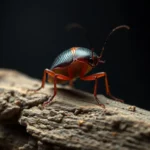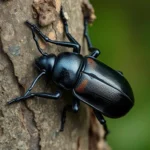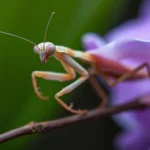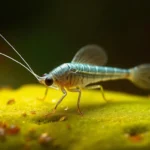The Symbolism of the Desert Locust: A Journey Through Transformation and Abundance
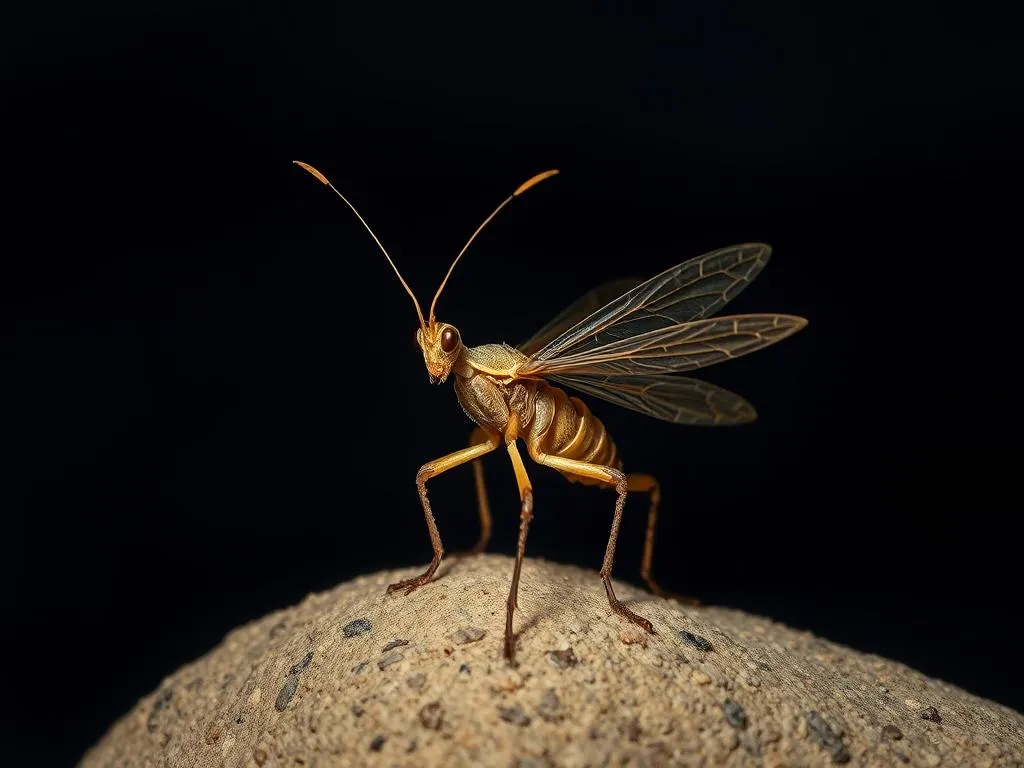
Disclaimer: Some images on this website are AI-generated artworks and may not accurately represent real animals.
The desert locust is more than just an insect; it embodies powerful symbolism and meaning that resonates deeply within various cultures and personal experiences. Understanding the desert locust symbolism and meaning opens a window into themes of transformation, abundance, and resilience. This article will explore the fascinating world of desert locusts, their behaviors, and the multifaceted lessons they teach us.
Understanding the Desert Locust
Physical Characteristics
Desert locusts are known for their striking appearance and unique life cycle. Below is a table highlighting their key physical characteristics:
| Feature | Description |
|---|---|
| Size | 2-10 cm in length |
| Color | Green, brown, or yellow (depending on phase) |
| Wings | Long and membranous, capable of covering large distances |
| Antennae | Long and thin, sensitive to environmental changes |
| Behavior | Solitary or gregarious, depending on population density |
Desert locusts undergo a fascinating transformation known as phase polyphenism. In solitary phase, they are less social and camouflaged, while in gregarious phase, they swarm and exhibit vibrant colors. Their ability to change behavior and appearance is a remarkable adaptation to environmental conditions.
Habitat and Distribution
Desert locusts thrive in arid and semi-arid regions, particularly in Africa, the Middle East, and parts of Asia. They are commonly found in countries such as:
- Sudan
- Ethiopia
- Kenya
- Pakistan
- India
These insects prefer areas with sparse vegetation where they can reproduce rapidly during favorable conditions, leading to massive swarms that can travel long distances.
Swarming Behavior
The swarming behavior of desert locusts is one of the most remarkable phenomena in the insect world. Triggered by environmental factors such as rainfall and vegetation growth, locusts can transition from solitary to gregarious phases.
When conditions are right, desert locusts congregate, forming massive swarms that can contain billions of individuals. These swarms can devastate crops and vegetation, leading to food shortages. This dual nature of their behavior—both beneficial and destructive—highlights the complex relationship between abundance and scarcity.
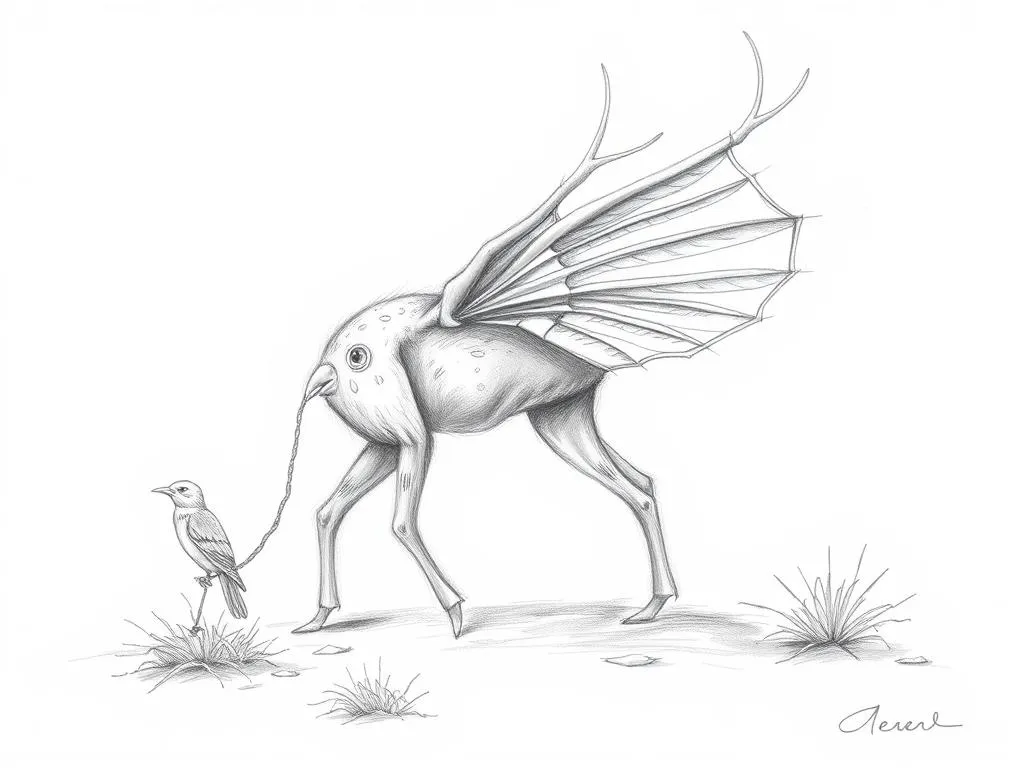
Symbolism & Spiritual Meaning
Transformation and Change
The desert locust serves as a powerful symbol of transformation and change. Their ability to shift from solitary to swarming behavior mirrors the personal growth many individuals experience in their lives. Just as locusts undergo physical and behavioral changes, people often find themselves navigating periods of significant transformation.
This symbolism can resonate deeply with those facing challenges or transitions. The desert locust reminds us that change can lead to growth and new opportunities, encouraging us to embrace the metamorphosis in our own lives.
Abundance and Prosperity
The dual nature of locusts—representing both abundance and devastation—is a poignant reminder of life’s complexities. In many cultures, locusts are seen as harbingers of prosperity; their swarming can signal a time of plenty when they bring fertility to the land. However, they can also represent scarcity and loss when their swarms destroy crops.
This juxtaposition invites reflection on our relationship with abundance. It teaches us to appreciate what we have while remaining aware of the potential for scarcity. The desert locust symbolism and meaning encourages us to find balance in our lives and recognize the transient nature of prosperity.
Adaptability and Survival
Desert locusts are masters of survival, able to thrive in some of the harshest environments on Earth. Their adaptability is a metaphor for human resilience in the face of adversity. Just as locusts can endure droughts and scarcity, individuals can learn to navigate life’s challenges with strength and flexibility.
This symbolism of adaptability serves as a powerful reminder that we can overcome obstacles and thrive, even in difficult circumstances. The desert locust encourages us to tap into our inner resilience and embrace the changes that life presents.
Desert Locust in Dreams
Common Interpretations
Dreaming of locusts can evoke a range of emotions and interpretations. Below is a table summarizing common themes associated with locusts in dreams:
| Dream Theme | Interpretation |
|---|---|
| Fear of Loss | Locusts may symbolize anxiety about scarcity or loss. |
| Change and Transition | Dreaming of locusts can signify upcoming changes in life. |
| Opportunities | Swarming locusts can represent abundance and new possibilities. |
These interpretations highlight the complex meanings behind dreaming of locusts, often reflecting the dreamer’s current life circumstances.
Personal Reflection
When interpreting dreams involving locusts, individuals should consider their own feelings and experiences. For example, a dream featuring locusts during a time of personal transformation may signify growth and new beginnings. Conversely, if someone is facing uncertainty, the locusts may represent fears of scarcity.
By reflecting on personal experiences and the emotions evoked during the dream, individuals can gain valuable insights into their subconscious thoughts and feelings regarding change, abundance, and resilience.
Cultural Significance and Folklore
Historical Context
Throughout history, desert locusts have played a significant role in agriculture and society. Their swarming behavior has led to devastating consequences for crops, impacting food security and economic stability in many regions.
In ancient cultures, locusts were often viewed as divine messages or omens, signaling both warning and opportunity. They have been documented in biblical texts, where they are portrayed as instruments of both punishment and abundance.
Mythology and Legends
Various cultures have woven locusts into their folklore and mythology. In some African traditions, locusts are seen as symbols of fertility, embodying the idea that abundance can arise from scarcity. In contrast, other cultures view them as harbingers of doom, representing the fragility of agricultural systems.
These stories reflect the dual nature of locusts, illustrating how they can embody both hope and fear. By understanding these cultural narratives, we can better appreciate the depth of the desert locust symbolism and meaning across different societies.
Modern Interpretations
Environmental Impact
In contemporary times, desert locust swarms pose significant challenges to agriculture and ecosystems. The rapid expansion of locust populations due to climate change has raised concerns about food security and environmental sustainability.
Farmers in affected regions often struggle to protect their crops from locust swarms, leading to economic hardship and increased reliance on pesticides. This situation underscores the urgent need for sustainable agricultural practices and effective management strategies.
Symbol of Climate Change
The desert locust has increasingly become a symbol of climate change and its impacts on ecosystems. As changing weather patterns affect locust breeding and migration, they serve as a reminder of the interconnectedness of environmental systems.
This symbolism encourages us to reflect on our relationship with nature and the importance of sustainable practices. The behavior of locusts can inspire innovations in technology and research aimed at addressing environmental challenges.
Inspiration for Innovation
Interestingly, the study of locust behavior has inspired innovative approaches in technology and research. Scientists are examining the swarming patterns of locusts to develop algorithms for efficient resource management and sustainable agricultural practices.
By understanding the natural behaviors of locusts, researchers aim to find solutions to complex environmental issues. This intersection of nature and innovation highlights the potential for learning from the adaptability and resilience of the desert locust.
Key Takeaways
- Embrace transformation: The desert locust teaches us that change can lead to growth and new opportunities.
- Recognize the dual nature of abundance: Life’s complexities remind us to appreciate what we have while being aware of potential scarcity.
- Learn from resilience: The adaptability of locusts encourages us to navigate challenges with strength and flexibility.
Conclusion
The desert locust symbolism and meaning encompass a rich array of themes that resonate with personal experiences, cultural narratives, and contemporary challenges. By understanding the lessons of the desert locust—from transformation and abundance to resilience—we can gain valuable insights into our own lives.
As we navigate our journeys, let us embrace change, recognize the balance of nature, and learn from the remarkable adaptability of these fascinating insects. The desert locust serves not only as a symbol of survival but also as a reminder of the beauty and complexity of life itself.
